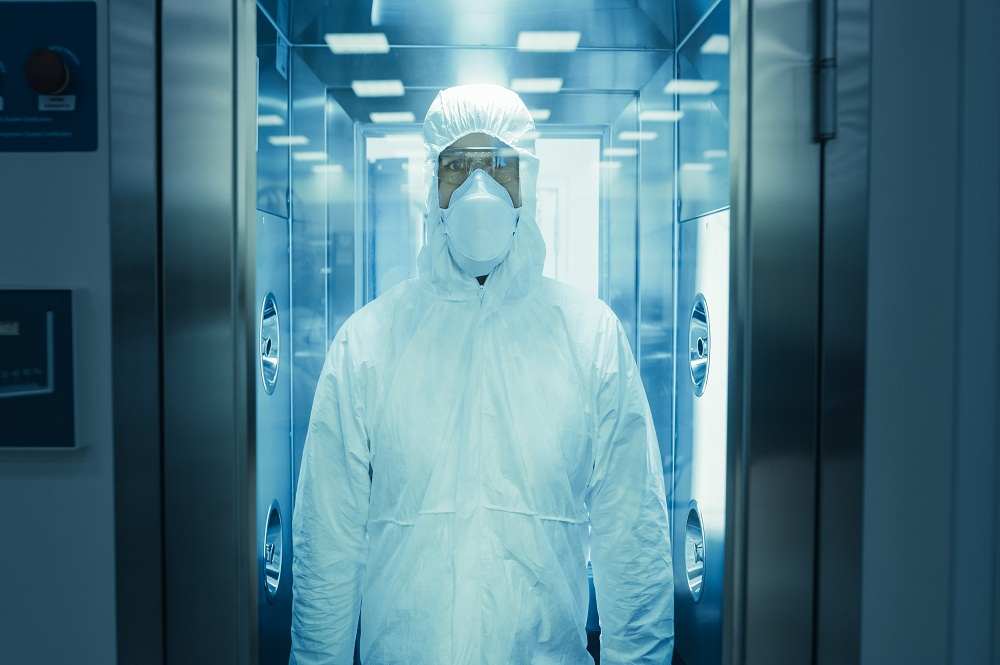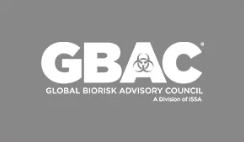Using PPE and Protective Clothing for Crime Scene Cleanup
 While watching a crime TV show or movie, you often see people wearing white or blue coveralls that cover the crime scene investigators from head to toe. This personal protective equipment and protective clothing is used in the real world as well to protect investigators and crime scene cleanup teams from potential dangers. Teams specializing in crime scene cleaning services in Peoria, IL, need this equipment and clothing to protect themselves from the threats of serious infectious diseases.
While watching a crime TV show or movie, you often see people wearing white or blue coveralls that cover the crime scene investigators from head to toe. This personal protective equipment and protective clothing is used in the real world as well to protect investigators and crime scene cleanup teams from potential dangers. Teams specializing in crime scene cleaning services in Peoria, IL, need this equipment and clothing to protect themselves from the threats of serious infectious diseases.
Biohazards
After death, any infections in the body or remains may spread. At a crime scene, these infectious materials are known as biohazards. A biohazard is any biological agent that presents a hazard to a person or the environment. Infectious materials can be as serious as tuberculosis, hepatitis, HIV, or even cholera. The purpose of the crime scene cleanup team is to both clean and sterilize the area so any infections or diseases will be contained and not spread. This is important for public places as well as private residences. To be safe, the cleanup team needs to be adequately protected from contact with any and all infectious materials.
Collection of Infectious Materials
A crime scene cleanup team must identify and collect all residual remains of all biohazards. These are then stored in special biohazard containers and disposed of in a special facility. Storing and disposing of the remains carries an element of risk. Throughout the entire process personal protective equipment must be used and protective clothing must be worn for per regulations from the U.S. Occupational Safety and Health Administration (OSHA) and the Centers for Disease Control and Prevention (CDC).
Protective clothing includes a disposable full-body suit. To be OSHA and CDC approved, the body suit must cover the head and run down to the ankles. This full-body suit extends to the wrists, where it’s taped to rubber gloves on both hands. Durable shoe covers are also required so nothing can be tracked away from the crime scene. A face mask must also be worn that covers the mouth, nose, and eyes. The mask includes a filter to purify air for breathing.
Blood at Crime Scenes
 Sometimes at crime scenes there’s a great deal blood that needs to be cleaned up. It’s estimated that 7 percent of a person’s body weight is blood. If someone weighs 150 pounds, there’s about 10 pounds of blood circulating through the body. In the case of blunt force trauma or a sizeable wound, a large amount of blood may cover the crime scene. This poses a danger for the crime scene cleanup team as most infections and diseases are contained in the blood.
Sometimes at crime scenes there’s a great deal blood that needs to be cleaned up. It’s estimated that 7 percent of a person’s body weight is blood. If someone weighs 150 pounds, there’s about 10 pounds of blood circulating through the body. In the case of blunt force trauma or a sizeable wound, a large amount of blood may cover the crime scene. This poses a danger for the crime scene cleanup team as most infections and diseases are contained in the blood.
Depending on the situation, blood may spread across and soak into carpeting, furniture, mattresses, and even saturate into walls and cracks of the floors. In short, blood is difficult to capture and put in storage for disposal. Because it’s such a large part of cleanup, OSHA and CDC-approved personal protective equipment and protective clothing made of fabric impenetrable to blood and bloodborne pathogens are vital.
Odors at Crime Scenes
Depending on the crime committed, some crime scenes have an awful, pungent smell. If a body hasn’t been discovered for several days and decomposition has begun, the smell can be even worse. Crime scene cleanup teams must be protected from the smell and any dangerous toxins in the air. Specialized personal protection masks are available that filter out the toxin and provide clean air to breathe.
To learn more about personal protection equipment and protective clothing for crime scene cleanup, call Forensic Restoration Services at  217-254-6364.
217-254-6364.
Keep Your Home & Family Safe











